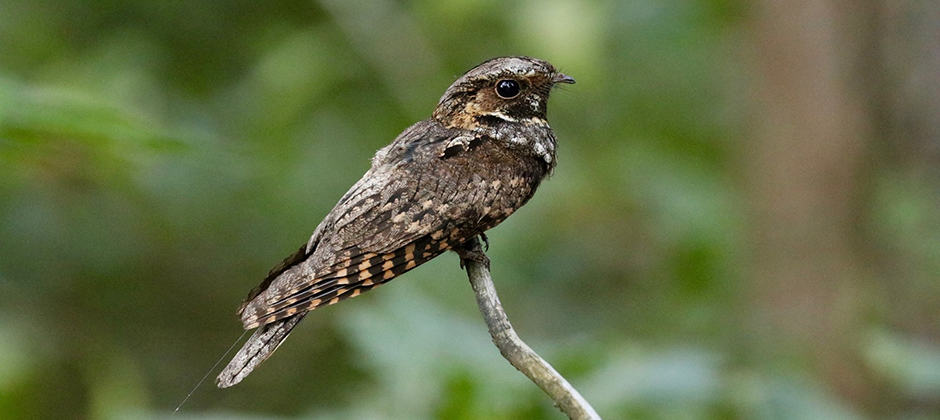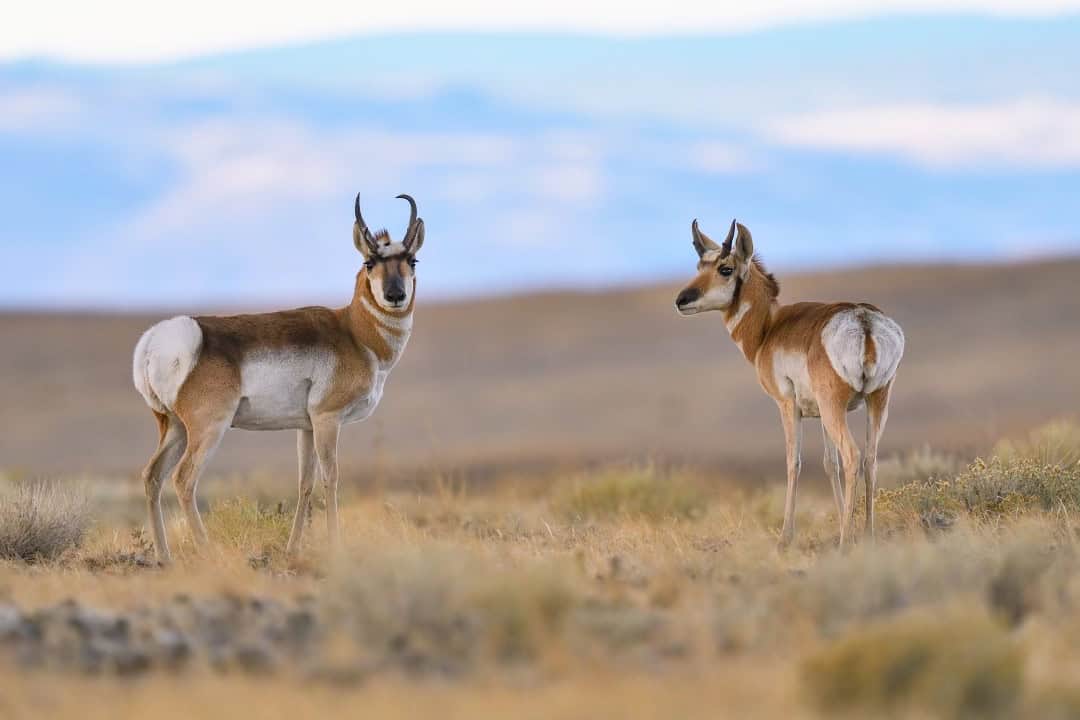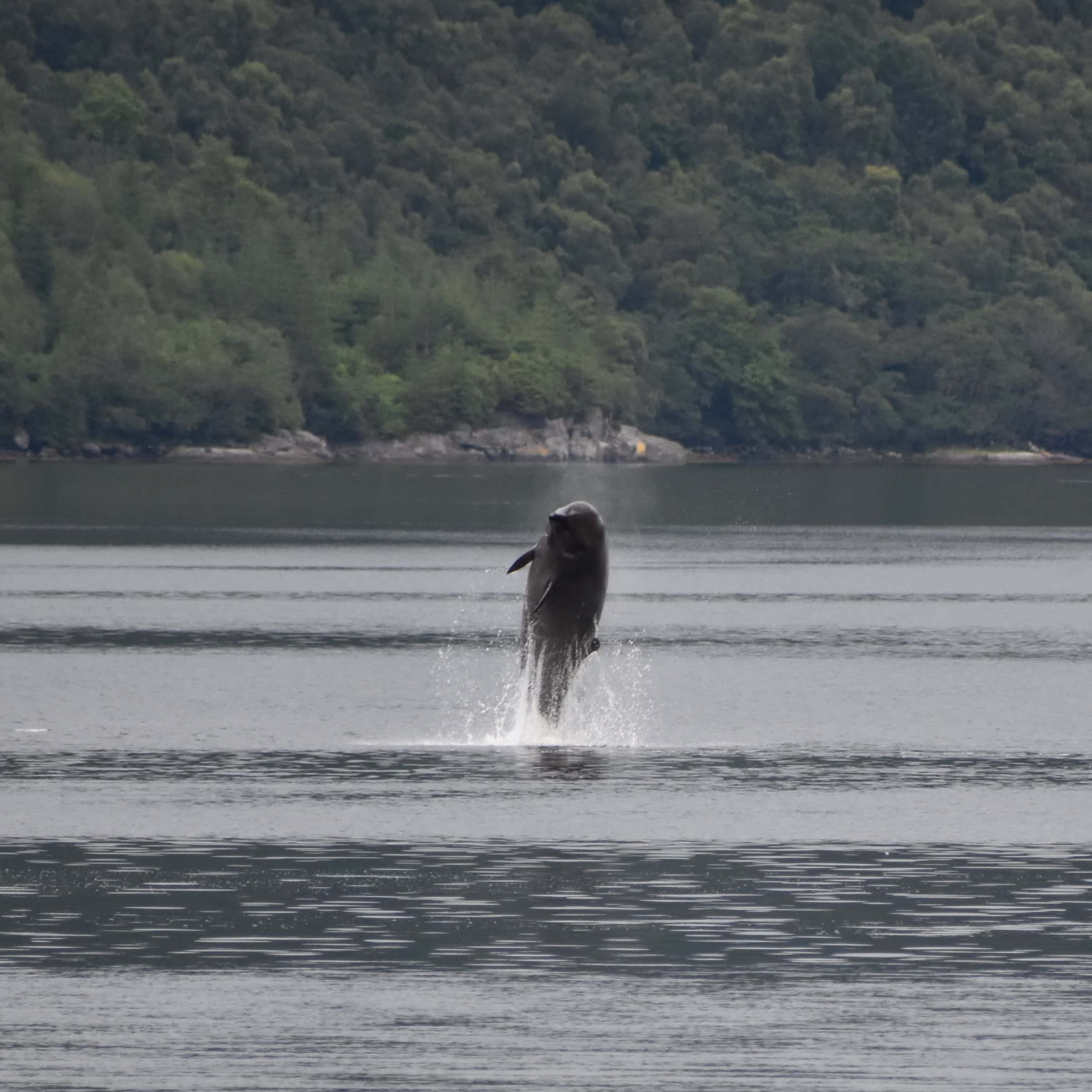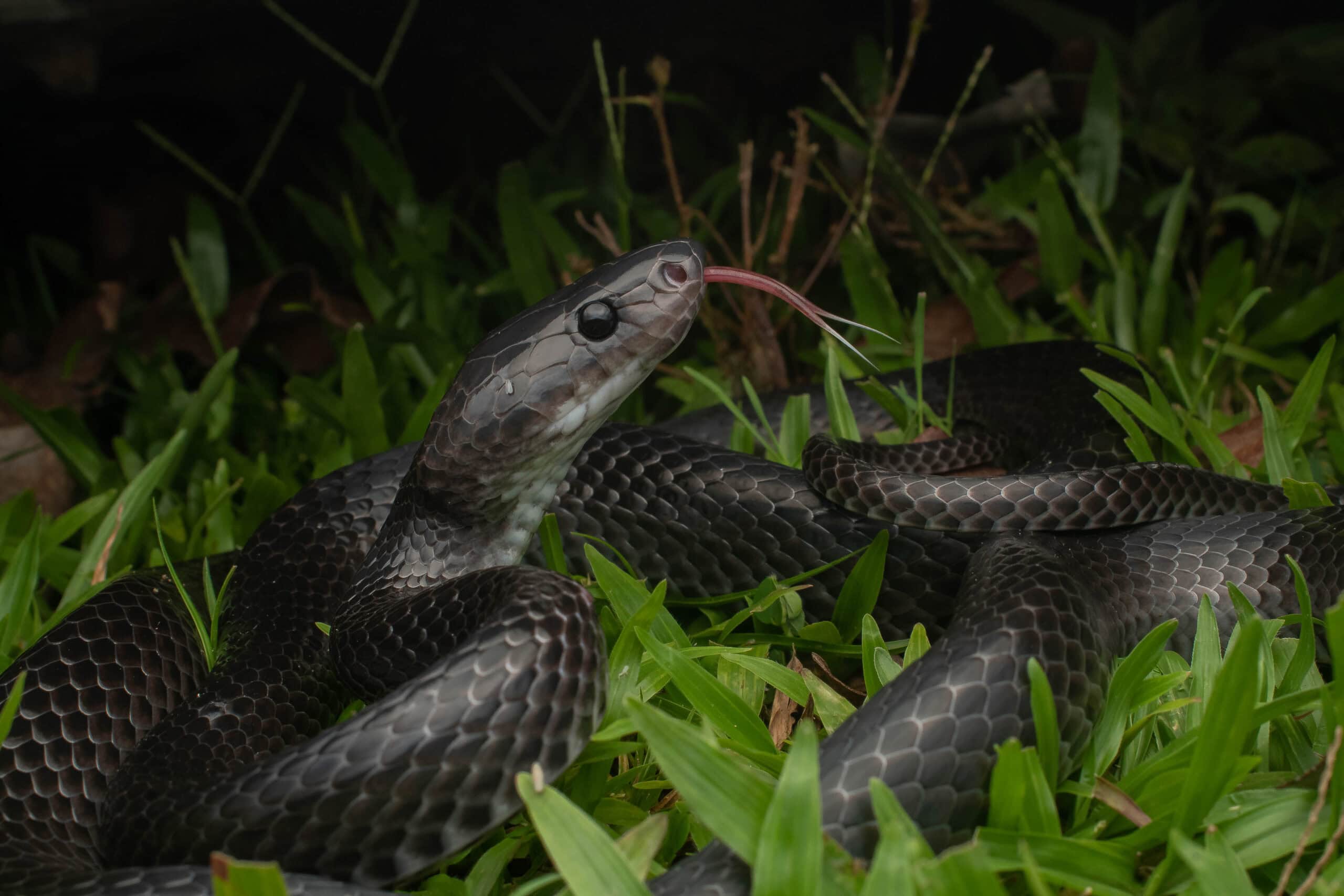Share this article
Wintering grounds may not explain whip-poor-will declines
Eastern whip-poor-wills are declining in some of their breeding grounds in the Midwestern U.S., and biologists haven’t been sure why. They thought the problem might lie in their wintering grounds, but research suggests it may be closer to home.
“In some places they seem to be doing very well, and in some places they’re disappearing,” said Christopher Tonra, an associate professor of avian wildlife ecology in the School of Environment and Natural Resources at The Ohio State University. “Some of these areas are side by side.”
Because of these differences, Tonra and his colleagues thought the declines might have something to do with where eastern whip-poor-wills (Antrostomus vociferous) spend their winters. Maybe some of those wintering grounds had poorer conditions than others, he thought.
Tonra co-authored a study led by his graduate student Aaron Skinner published in Diversity and Distributions in which they tracked the birds to find out where they migrated. At breeding sites in Wisconsin, Illinois, Missouri and Ohio, the team put 95 GPS tags on whip-poor-wills to track their migrations. When the birds returned and the researchers were able to retrieve the tags, they reviewed the location data. Most of the birds, regardless of where they spent the summer, were wintering in southern Mexico and Guatemala.
“It gave us the answer that birds from Wisconsin weren’t going anywhere different than birds from Missouri,” Tonra said. That didn’t seem to explain why some populations were declining more than others.
But the data did point to other points along the journey that could pose concerns. During the fall migration, no matter where these whip-poor-wills originate, they converge in an area of East Texas around Oct. 5. Whip-poor-wills depend on moonlight to forage, but artificial light can disorient them and make them more prone to collide with windows, Tonra said, and this area is highly urbanized.
That may not be enough to drive declines, he said, but it could be a factor, and one that might not be too hard to address. Since the birds arrive at about the same time, he said, Lights Out programs, which turn off urban lights during key migration times, could help.
“There’s this opportunity and vulnerability there,” he said.
Since the declines don’t seem to be related to where the whip-poor-wills are wintering, researchers are continuing to look into another possibility on their breeding ground: moths. They think moths may be controlled as agricultural pests in some areas, resulting in fewer prey items for the birds.
But what’s happening to Midwestern whip-poor-wills may not explain what’s affecting those that breed elsewhere, Tonra said.
“There are a lot of bird species to be concerned about,” he said. “But especially in this part of the country, the whip-poor-will is so important culturally. You just have to listen to 10 bluegrass songs and half of them mention whip-poor-wills. That they’re disappearing from the forest is alarming to think about.”
Header Image: Eastern whip-poor-wills that breed in the Midwest all tend to winter in the same areas. Credit: Ian Souza-Cole








